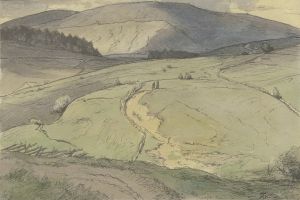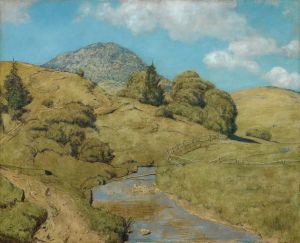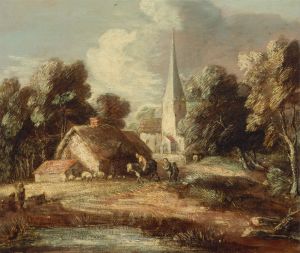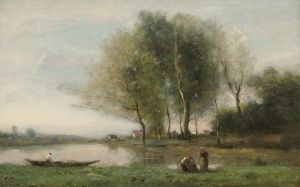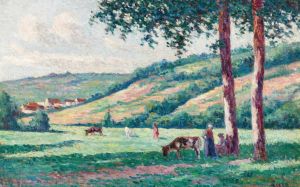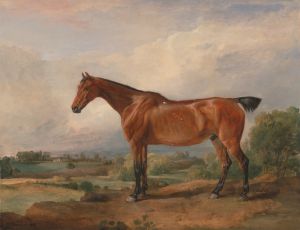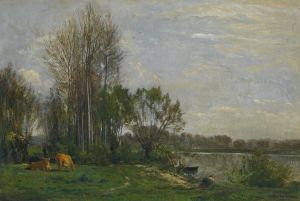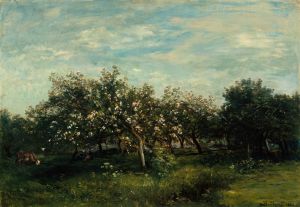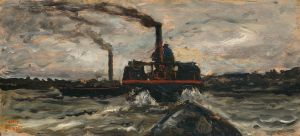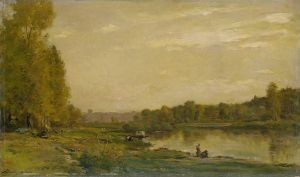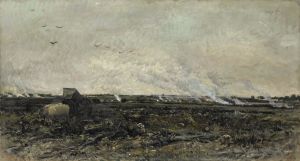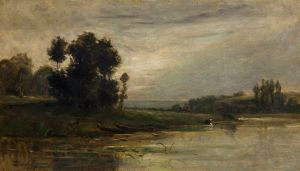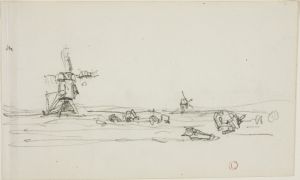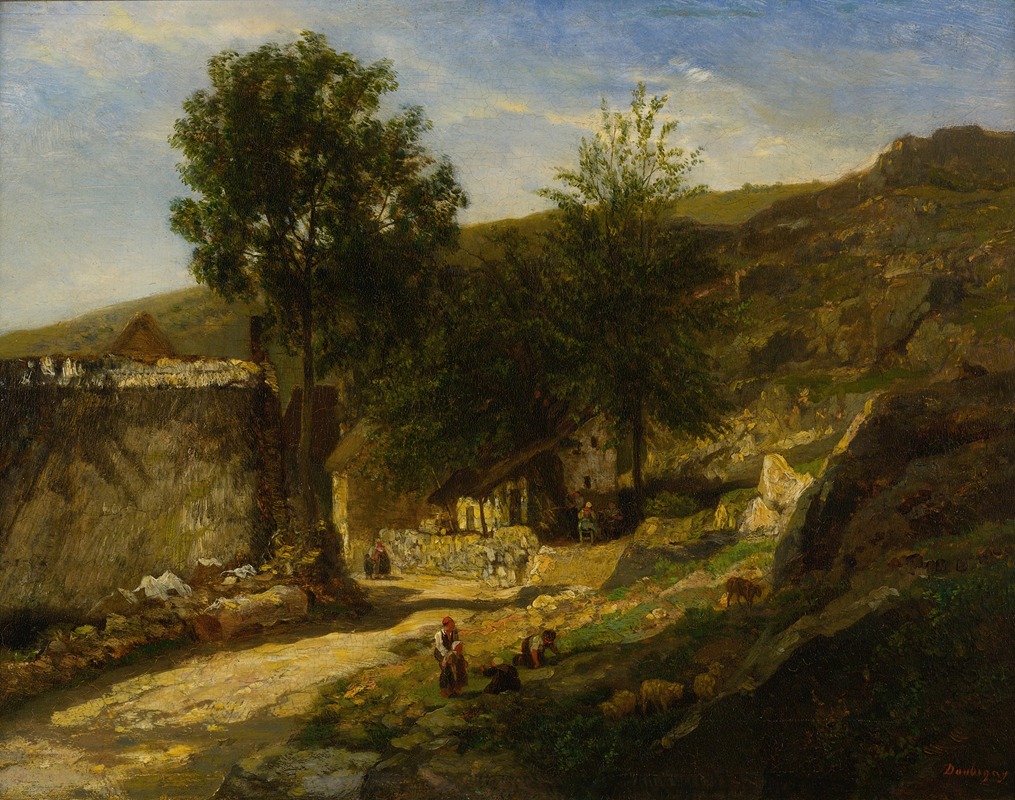
Entrance To The Village
A hand-painted replica of Charles François Daubigny’s masterpiece Entrance To The Village, meticulously crafted by professional artists to capture the true essence of the original. Each piece is created with museum-quality canvas and rare mineral pigments, carefully painted by experienced artists with delicate brushstrokes and rich, layered colors to perfectly recreate the texture of the original artwork. Unlike machine-printed reproductions, this hand-painted version brings the painting to life, infused with the artist’s emotions and skill in every stroke. Whether for personal collection or home decoration, it instantly elevates the artistic atmosphere of any space.
Charles François Daubigny, a prominent French landscape painter of the 19th century, created Entrance to the Village as part of his extensive body of work that focused on rural and natural scenes. Daubigny was a key figure in the Barbizon School, a group of artists who sought to move away from the formalism of academic painting and instead embraced the beauty of nature and the countryside. His works often served as a precursor to Impressionism, influencing artists such as Claude Monet and Camille Pissarro.
Entrance to the Village exemplifies Daubigny’s characteristic style, which combines a naturalistic approach with a sense of atmospheric light and texture. The painting depicts a tranquil rural scene, likely inspired by the French countryside, which Daubigny frequently explored. The composition typically includes elements such as trees, pathways, and modest village structures, rendered with loose brushwork and a focus on tonal harmony. These features reflect Daubigny’s dedication to capturing the essence of rural life and the interplay of light and shadow in outdoor settings.
Daubigny was known for working en plein air, or painting outdoors, a practice that allowed him to observe and depict nature directly. This method is evident in Entrance to the Village, where the immediacy of the scene and the naturalistic details suggest that it was either painted entirely outdoors or based on sketches made in situ. His innovative use of a specially designed studio boat, called Le Botin, enabled him to travel along rivers and waterways, further expanding his access to diverse landscapes.
While specific details about the creation date or exact location depicted in Entrance to the Village are not widely documented, the painting aligns with Daubigny’s broader artistic themes and techniques. His works often celebrated the simplicity and serenity of rural environments, offering a counterpoint to the rapid industrialization and urbanization of 19th-century France.
Today, Charles François Daubigny is recognized as a pivotal figure in the transition from the Barbizon School to Impressionism. His paintings, including Entrance to the Village, are held in high regard for their innovative approach to landscape art and their influence on subsequent generations of artists. Many of his works are housed in major museums and collections worldwide, where they continue to be appreciated for their artistic and historical significance.





